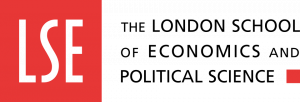
The aim of this course it to introduce students to the economics of pharmaceutical markets and related policies that affect national and international markets broadly.
- To provide students with an understanding of basic features of pharmaceutical markets and how pharmaceutical markets work and how competition manifests itself in different parts of pharmaceutical markets.
- To illustrate to students how the pharmaceutical market is linked to the health care market, why it is often the focus of much regulation, and to help students understand the multidimensional goals of pharmaceutical policies.
- To introduce students to the economic and policy problems encountered in managing pharmaceutical markets and how to evaluate the impact of alternative policy approaches. The course will also give students some experience in critically evaluating the impact of policy on market outcomes.
- To facilitate consideration of various country-specific political, cultural and economic factors that may drive governments' approaches to pharmaceutical regulation. In this context, this course will help students consider the extent to which policies may be transferable.
- To enable students to analyse pharmaceutical markets from the perspectives of several main actors: governments, third party payers, the pharmaceutical industry, doctors, patients, pharmacists and wholesalers. Literature from Health Economics, Industrial Organisation and Health Policy will be incorporated into lectures, discussions and seminars.
- To introduce students to the economics of pricing and reimbursing pharmaceutical products, to explore different models of pricing and reimbursing medicines in OECD countries, including rate of return regulation, value-based pricing, cost-plus pricing, external price referencing and internal reference pricing, among others.
